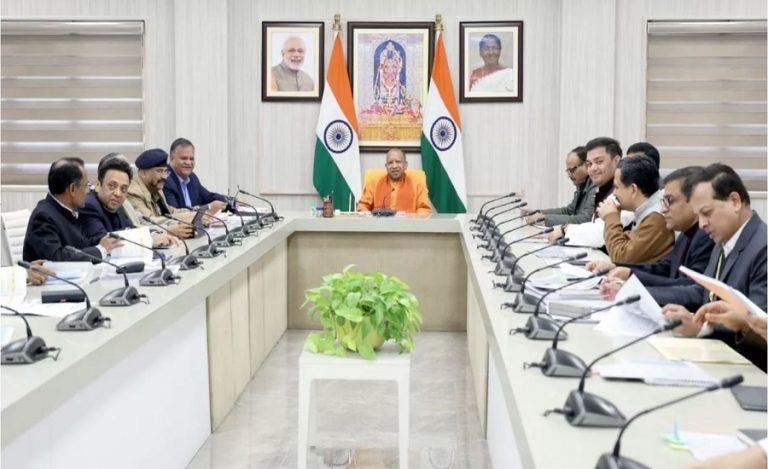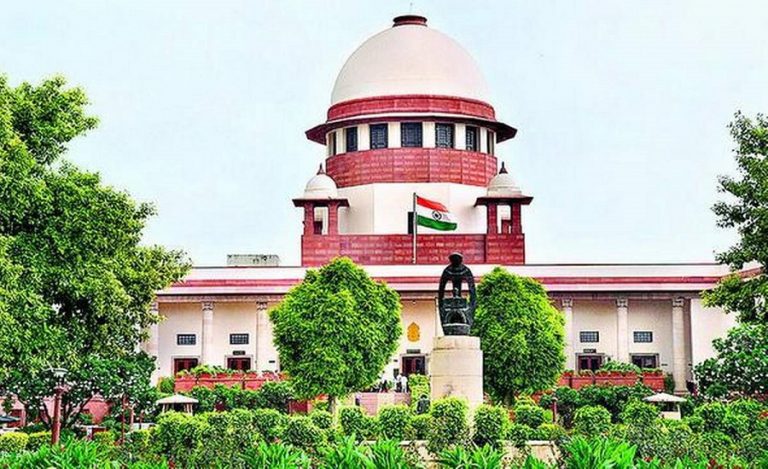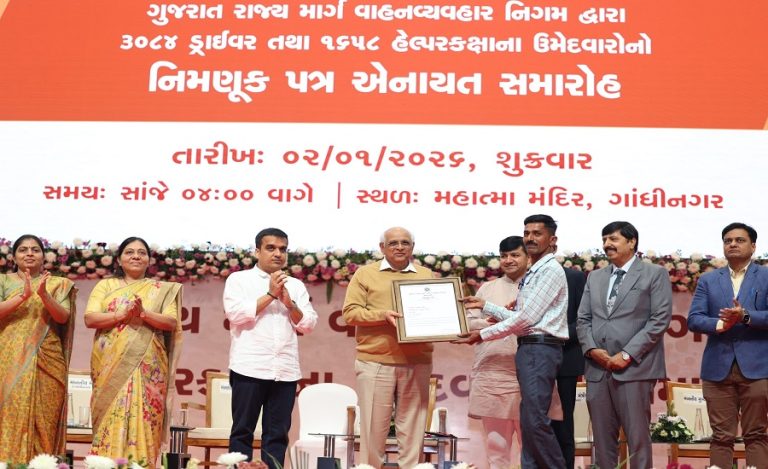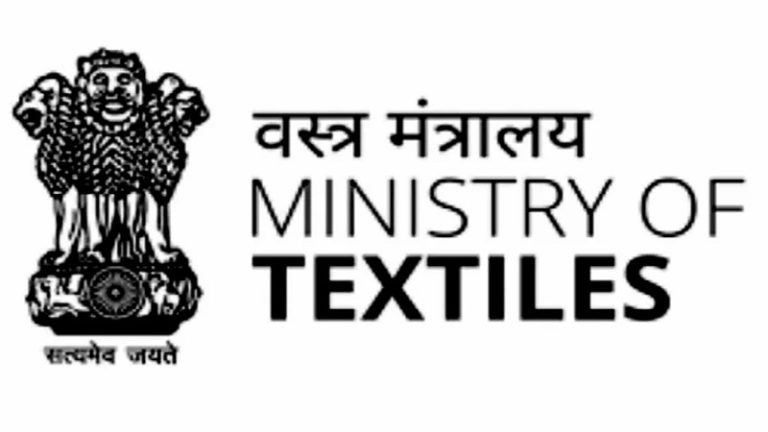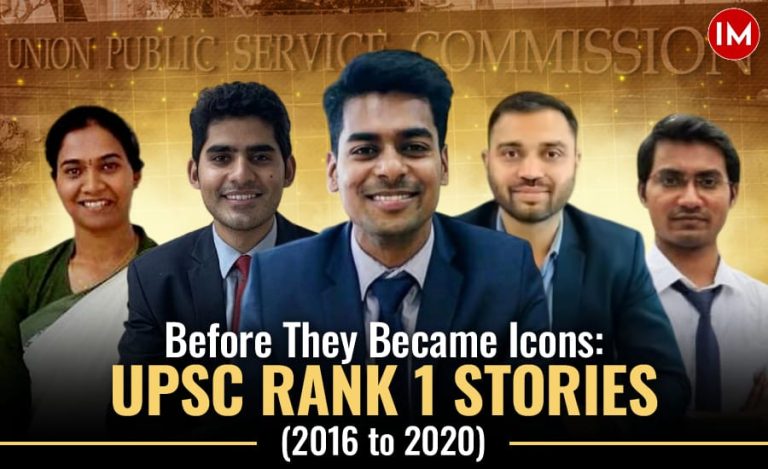New Delhi: The nation’s administrative backbone, the civil services, is facing a growing crisis. With over 1,100 vacancies reported in the latest UPSC notification and a steady rise in early retirements among high-ranking officers, questions are being raised about the long-term health and sustainability of India’s elite services – including the IAS, IPS, IFS, and IRS.
The Union Public Service Commission (UPSC), which annually recruits for these posts, has reported 1,129 vacancies for 2025 – 979 for the Civil Services and 150 for the Indian Forest Service. However, the intake remains capped at 180 IAS officers annually, a number deemed inadequate by multiple expert panels, including a parliamentary committee on Personnel, Public Grievances, Law and Justice.
Recruitment Bottlenecks and Premature Exits Deepen the Gap
Despite the prestige associated with being an IAS or IPS officer, the civil services are seeing increased attrition. A combination of rigid career progression, limited professional growth, political interference, and the lure of private-sector opportunities is driving many capable officers to resign or take early voluntary retirement (VRS).
Prominent recent exits include–
JP Singh (IPS, 2000 batch): Former ADGP in Himachal Pradesh; took VRS two years before retirement; now active in politics.
Dinesh Rai: Known for his close ties to CM Nitish Kumar; took VRS ahead of the Bihar elections.
Sujatha Karthikeyan (Odisha cadre): Mission Shakti architect; cited child care needs amid administrative reassignments post-election.
Kapil Raj (IRS, 2009 batch): Played key role in high-profile cases involving two Chief Ministers; resigned citing personal reasons.
These high-profile exits highlight a larger dissatisfaction within the system — especially among mid-career officers who feel disillusioned with the slow, politically influenced promotion system.
Vacancy Numbers Raise Alarms
According to government data-
- Sanctioned IAS cadre strength: 6,858
- Annual UPSC intake: 180 officers
- 2025 vacancies: 1,129 (Civil + Forest Services)
This mismatch is increasingly seen as unsustainable, especially given the governance demands of a growing population, expanding urban centers, and developmental ambitions such as Viksit Bharat 2047.
Parliamentary Panel Calls for Reforms
A parliamentary panel on personnel matters recently flagged these issues, urging the Department of Personnel and Training (DoPT) and UPSC to–
- Increase annual recruitment of IAS/IPS officers to meet rising demands
- Address premature retirements through better retention strategies
- Simplify and modernize the Civil Services Examination (CSE)
- Boost career incentives and professional development opportunities
Why Officers Are Quitting
A deeper look reveals multiple factors driving this crisis:
Slow, Rigid Career Progression: Promotions are largely based on seniority, and political interference often overshadows merit. Officers feel undervalued and underutilized, particularly when postings are influenced by political convenience.
Lack of Skill Diversification: Many officers cite the lack of cross-functional exposure and limited continuing education as reasons for leaving. Career stagnation, even after a decade in service, is a growing concern.
Lucrative Private Sector Alternatives: With corporate India, international institutions, and even political platforms offering higher salaries, autonomy, and visibility, civil servants are often tempted to make mid-career shifts.
Job Security vs Career Satisfaction: While government jobs provide stability, many officers today value growth, innovation, and flexibility more than security – a shift in professional mindset.
Steps That Can Bridge the Gap
To tackle the officer shortage and strengthen governance, experts recommend-
- Increase UPSC intake to at least 200–220 IAS officers per year
- Streamline CSE to reduce delays and bureaucratic bottlenecks
- Offer robust in-service training and leadership programs
- Establish merit-based promotion systems
- Reduce political interference in postings and cadre decisions
- Implement exit interviews and reforms based on attrition trends



